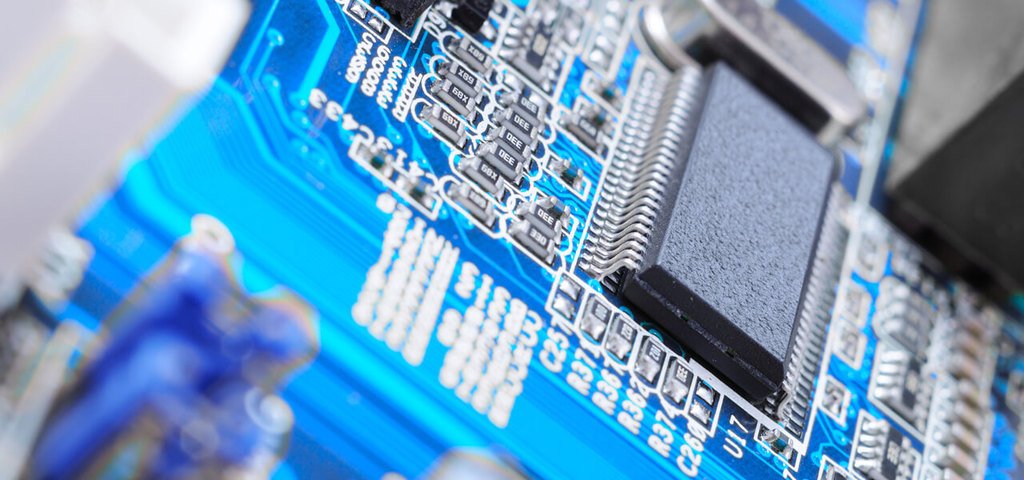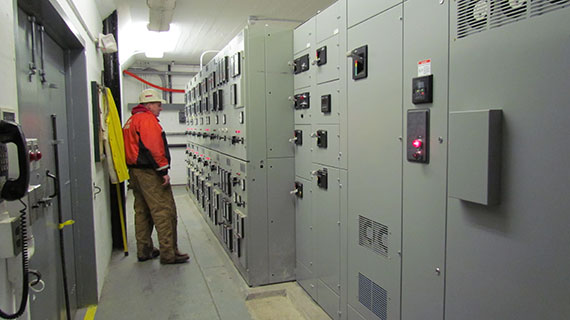noticias
Converting 110V AC to 12V DC: A Guide
Autor: Módulo de potencia ZYG Time: 2023-5-16
Many electronic devices that we use in our daily lives require a direct current (DC) power supply to function. However, the power supply in our homes provides an alternating current (AC) voltage of 110V. Therefore, to power these devices, we need to convert the AC voltage to DC voltage. In this guide, we will discuss the steps needed to convert 110V AC to 12V DC.
Step 1: Determine the Load Requirements
Before you start the conversion process, you need to determine the load requirements of the device you want to power. This includes the voltage and current rating of the device. For example, if the device requires a 12V DC power supply with a current rating of 1A, you need to ensure that your power supply can deliver this amount of current.
Step 2: Choose the Power Supply
Once you have determined the load requirements of the device, you need to choose the appropriate power supply. There are two types of power supplies: linear and switching.
Linear Power Supply: A linear power supply is a simple and low-cost solution for converting AC to DC. It works by using a transformer to reduce the AC voltage and then uses a rectifier to convert the AC voltage to DC voltage. However, linear power supplies are not very efficient and can produce a lot of heat.
Switching Power Supply: A switching power supply is a more efficient and complex solution for converting AC to DC. It uses a switching regulator to convert the AC voltage to DC voltage. Switching power supplies are more expensive than linear power supplies, but they are more efficient and produce less heat.
Step 3: Convert the AC Voltage to DC Voltage
Once you have chosen the power supply, you need to convert the AC voltage to DC voltage. This can be done by using a rectifier circuit. A rectifier circuit converts the AC voltage to DC voltage by using a diode or a bridge rectifier.
Diode Rectifier: A diode rectifier is the simplest form of rectifier circuit. It uses one or more diodes to convert the AC voltage to DC voltage. However, a diode rectifier can only provide a half-wave rectification, which means that it only uses half of the AC cycle.
Bridge Rectifier: A bridge rectifier is a more complex form of rectifier circuit. It uses four diodes arranged in a bridge configuration to convert the AC voltage to DC voltage. A bridge rectifier provides a full-wave rectification, which means that it uses both halves of the AC cycle.
Step 4: Filtering the DC Voltage
The DC voltage produced by the rectifier circuit is not pure DC voltage. It contains a lot of ripple, which can cause interference and damage to the device. Therefore, you need to filter the DC voltage to remove the ripple. This can be done by using a capacitor or an LC filter.
Capacitor Filter: A capacitor filter is the simplest form of filter circuit. It uses a capacitor to smooth out the DC voltage by storing charge during the peaks of the DC voltage and releasing it during the troughs of the DC voltage.
LC Filter: An LC filter is a more complex form of filter circuit. It uses an inductor and a capacitor to filter out the ripple from the DC voltage. An LC filter provides a smoother and more stable DC voltage, but it is more expensive and complex than a capacitor filter.

Step 5: Regulation and Protection
Once you have filtered the DC voltage, you need to regulate it to ensure that it stays at a constant voltage level. This can be done by using a voltage regulator circuit. A voltage regulator circuit regulates the DC voltage by adjusting the output voltage based on the input voltage and the load requirements of the device.
You also need to protect the device from overvoltage, undervoltage, and overcurrent. This can be done by using a protection circuit. A protection circuit monitors the DC voltage and current and protects the device from any potential damage.
Conclusion
Converting 110V AC to 12V DC requires a few simple steps. First, you need to determine the load requirements of the device. Then, you need to choose the appropriate power supply, rectifier circuit, filter circuit, voltage regulator circuit, and protection circuit. By following these steps, you can convert the AC voltage to DC voltage and power your devices with ease.
Anterior: What is AC DC adapter 12V used for?
Próximo: 12V AC-DC Converter: Efficient Power Conversion Solution
informacion relevante
-
2023-12-4
The Ultimate Guide to Choosing the Best 750W Modular Power Supply
In today's world, where technology consumes a significant part of our lives, having a reliable power supply is crucial. Whether you are a gamer, a graphic designer, or a computer enthusiast, having a power supply that can handle your system's needs is essential. One popular choice for most systems is a 750W modular power supply. In this guide, we will explore everything you need to know to choose the best 750W modular power supply for your setup. Understanding the Basics: Before diving into the specifics, it is essential to understand the basics of a modular power supply. Unlike traditional power supplies, modular power supplies allow you to detach or rearrange the cables according to your requirements. This feature not only...
Ver detalles -
2023-4-24
Distinguishing Between AC and DC Power Supply
In the field of electrical engineering, one of the fundamental concepts to understand is the difference between AC and DC power supply. While both types of power supply are capable of powering electrical devices, they differ significantly in terms of how they deliver electrical energy. AC, or alternating current, is a type of electrical current that periodically changes direction. This means that the voltage and current in an AC circuit alternate between positive and negative values, usually at a frequency of 50 or 60 Hz. AC power is generated by power stations and is transmitted over long distances through power lines. It is used to power most household appliances, including refrigerators, air conditioners, and televisions. DC, or direct current, is...
Ver detalles -
2024-1-2
Ultimate Efficiency and Flexibility: Unleash the Power with a 1000W Modular Power Supply
In today's fast-paced world, efficiency and flexibility are key factors in any system. Whether it's a computer, a server, or any other electronic device, having a reliable power supply is essential to ensure smooth and uninterrupted operations. Introducing the 1000W modular power supply – a revolutionary innovation that combines ultimate efficiency and flexibility to meet the ever-increasing demands of modern technology. The 1000W modular power supply is designed to deliver maximum power output while minimizing energy wastage. With its advanced technology and intelligent design, it achieves an impressive efficiency rating of 90%, ensuring that every watt of energy is utilized effectively. This not only helps to reduce electricity bills but also contributes to environmental sustainability by conserving energy resources. ...
Ver detalles -
2023-5-12
China 120V AC to 12V DC Converter: Efficient Power Conversion Solution
A 120V AC to 12V DC converter is an electronic device that converts the high alternating voltage from the electrical outlets into a low direct voltage that is suitable for powering low voltage devices. This type of converter is commonly used in various applications, such as in the automotive industry, in household appliances, and in the field of mobile electronics. One of the main advantages of using a 120V AC to 12V DC converter is its efficiency in power conversion. These devices are designed to convert the high voltage from the electrical outlets into a low voltage without dissipating too much heat or power. This means that they are able to convert the power in a more economical manner, which...
Ver detalles -
2023-8-12
China SM Series manufacture: An Introduction to AC DC Power Supply
Introduction: The SM series is a revolutionary line of AC DC power supplies that are designed to meet the ever-increasing demands of modern electronic devices. These power supplies provide a reliable and efficient source of power, ensuring the smooth operation of various applications across industries. In this article, we will explore the key features and benefits of the SM series, as well as its applications and future prospects. Key Features: The SM series boasts a range of features that set it apart from traditional power supplies. Firstly, these power supplies offer a compact and lightweight design, making them ideal for space-constrained environments. Their high power density enables them to deliver more power in a smaller form factor. Additionally, the SM...
Ver detalles -
2023-6-23
HP Series AC DC Converter: Efficient and Reliable Power Conversion Solution
The HP Series AC DC Converter is a highly efficient and reliable power conversion solution that provides a seamless transition from alternating current (AC) to direct current (DC). This converter is ideal for a range of applications, including industrial manufacturing, medical equipment, and telecommunications. Efficiency The HP Series AC DC Converter boasts an impressive 94% typical efficiency rating, which means that it converts AC power to DC power with little loss. This high level of efficiency results in lower energy consumption and reduced energy costs, making it an attractive option for businesses looking to reduce their carbon footprint. Reliability The HP Series AC DC Converter is designed to withstand harsh operating conditions, making it an extremely reliable power conversion solution....
Ver detalles


















